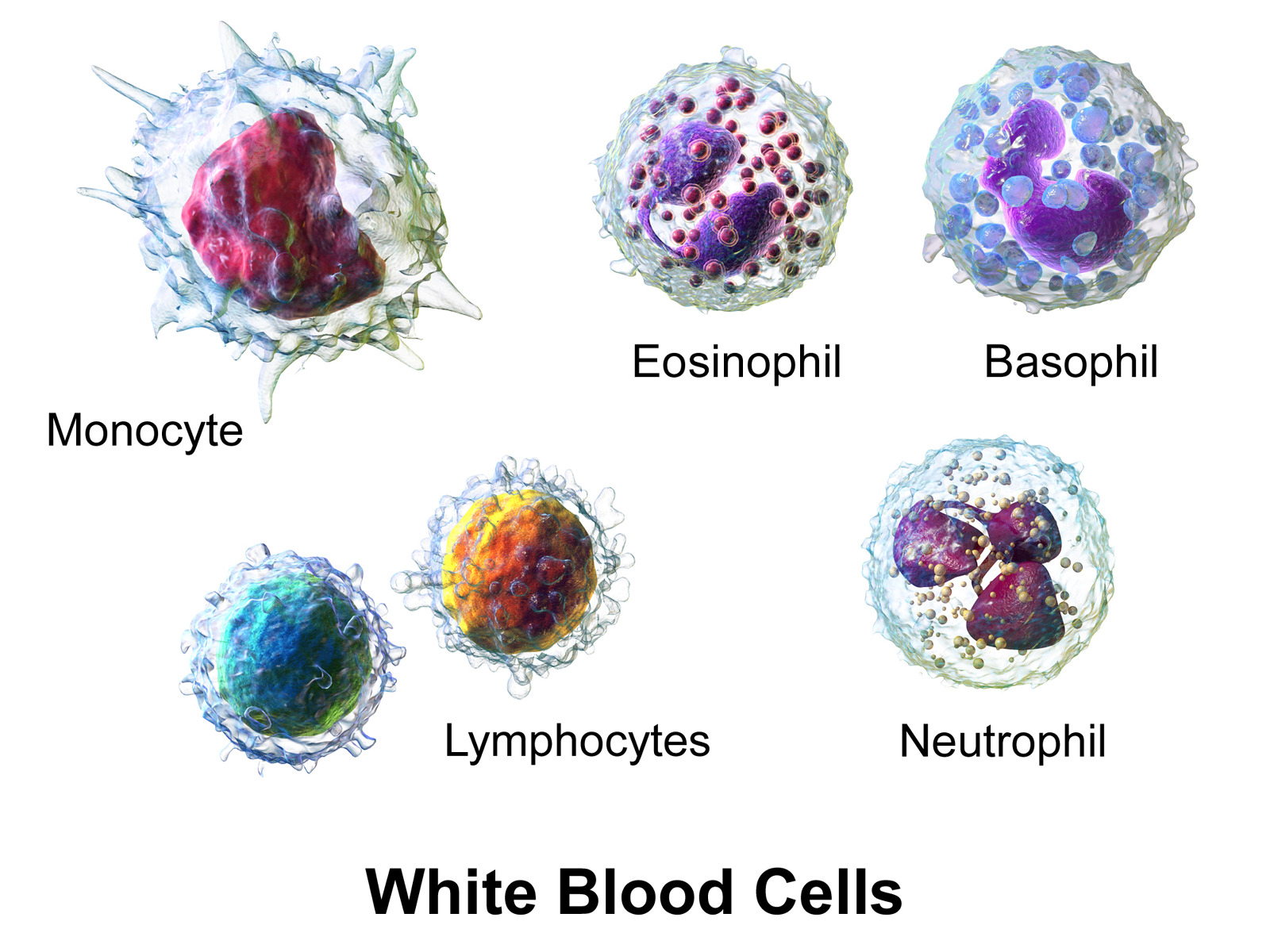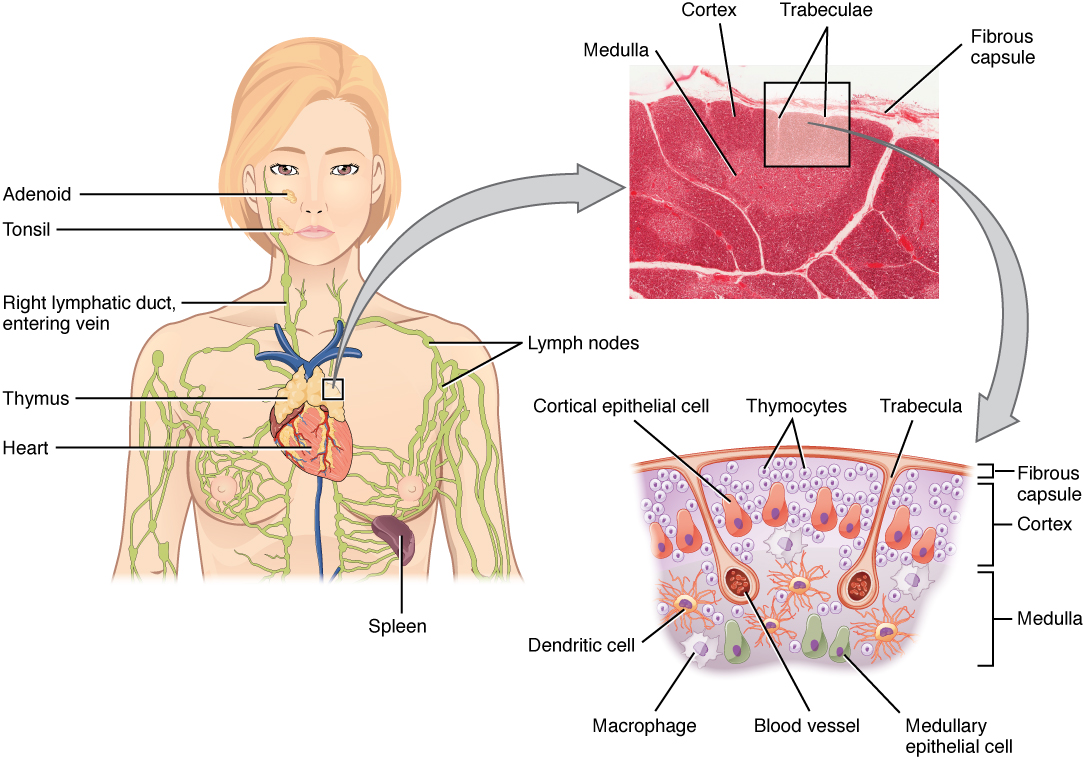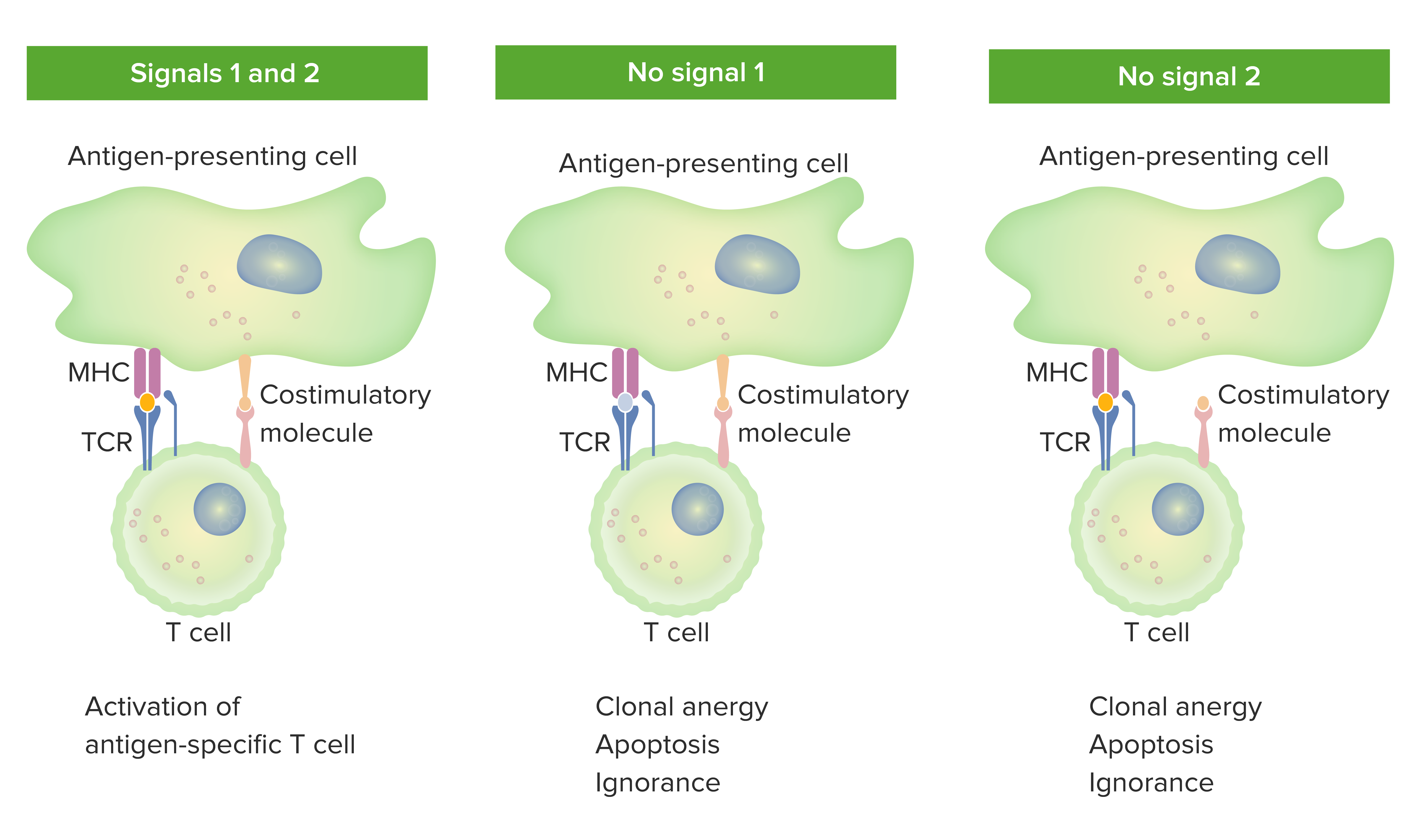Playlist
Show Playlist
Hide Playlist
Chemokines – Lymphocyte Recirculation and Homing
-
06 Slides Lymphocyte Recirculation and Homing.pdf
-
Reference List Immune System.pdf
-
Download Lecture Overview
00:01 Chemokines can be grouped into four different family. 00:06 They are essentially chemotactic cytokines. 00:10 But that’s not the only thing they do, they don’t just act as chemotactic factors, they have multiple other effects as well. 00:18 The four families are defined based upon the arrangement of cysteine amino acids in their structure. 00:27 So the C family chemokines just have a single cysteine that forms a disulphide bond. 00:35 And there are quite a few members of this family. 00:39 One example is a chemokine called lymphotactin or XCL1, to give it its alternative name. 00:49 The CC family of chemokines have two cysteine residues that are next to each other. 00:57 So two adjacent cysteine residues. 01:00 And an example of a CC family chemokine is RANTES or CCL5. 01:09 CXC family chemokines have two cysteines that are separated by a single amino acid. 01:15 It really doesn’t matter which amino acid that is. 01:17 It can be any amino acid, that’s what the X represents here, that they have a cysteine, then another amino acid, and then a cysteine; CXC family chemokines. 01:27 An example of a CXC family chemokine is interleukin-8. 01:33 Interluekin-8 is a member of the interleukin cytokines that has chemotactic activity. 01:39 It can also be designated as CXCL8. 01:45 And then finally, the fourth member of the chemokine family is the CX3C family. 01:52 And here, you probably guess by now, they have a cysteine, then three amino acids, can be any three amino acids; and then another cysteine. 02:03 So two cysteines separated by three amino acids. 02:07 An example of a CX3C family chemokine is fractalkine or CX3CL1. 02:17 Chemokines form a chemotactic gradient. 02:21 So they’ll be produced in response to a stimulus. 02:25 And the place where they’re being produced, they’ll be at their highest concentration. 02:30 And then further away from that location, the concentration will decrease. 02:34 So the lymphocytes move on the concentration gradient. 02:39 In order to do that, they need to detect the presence of a chemokine. 02:44 So they have chemokine receptors on their surface. 02:49 And the chemokine receptors are typically members of a 7-transmembrane receptor family that are linked to G-proteins. 03:00 So they have a rather convoluted transmembrane sequence that passes through the cell surface membrane seven times. 03:07 And just underlying the cell membrane is a G-protein consisting of three units - alpha (α), beta (β) and gamma (γ). 03:16 And when the chemokine binds to its receptor, a signaling event is initiated leading to cell activation and migration of the cells up the chemokine gradient.
About the Lecture
The lecture Chemokines – Lymphocyte Recirculation and Homing by Peter Delves, PhD is from the course Adaptive Immune System.
Included Quiz Questions
RANTES (regulated upon activation, normal T cell expressed and secreted) is classified as which of the chemokine family groups?
- CC
- C
- CXC
- CX3C
Which of the following best describes the CXC chemokine family?
- Two cysteines separated by a single amino acid
- Two carbons by a single amino acid
- Two cysteines with a disulfide bond
- Two carbons with a disulfide bond
Which of the following best describes the migration of lymphocytes via their chemokine receptors?
- Travel up the chemokine gradient via their G protein-coupled chemokine receptors
- Travel down the chemokine gradient via their G protein-coupled chemokine receptors
- Travel down the chemokine gradient via their enzyme-linked chemokine receptors
- Travel up the chemokine gradient via their enzyme-linked chemokine receptors
- Travel down the chemokine gradient via their enzyme-linked and G protein-coupled chemokine receptors
Customer reviews
5,0 of 5 stars
| 5 Stars |
|
5 |
| 4 Stars |
|
0 |
| 3 Stars |
|
0 |
| 2 Stars |
|
0 |
| 1 Star |
|
0 |






